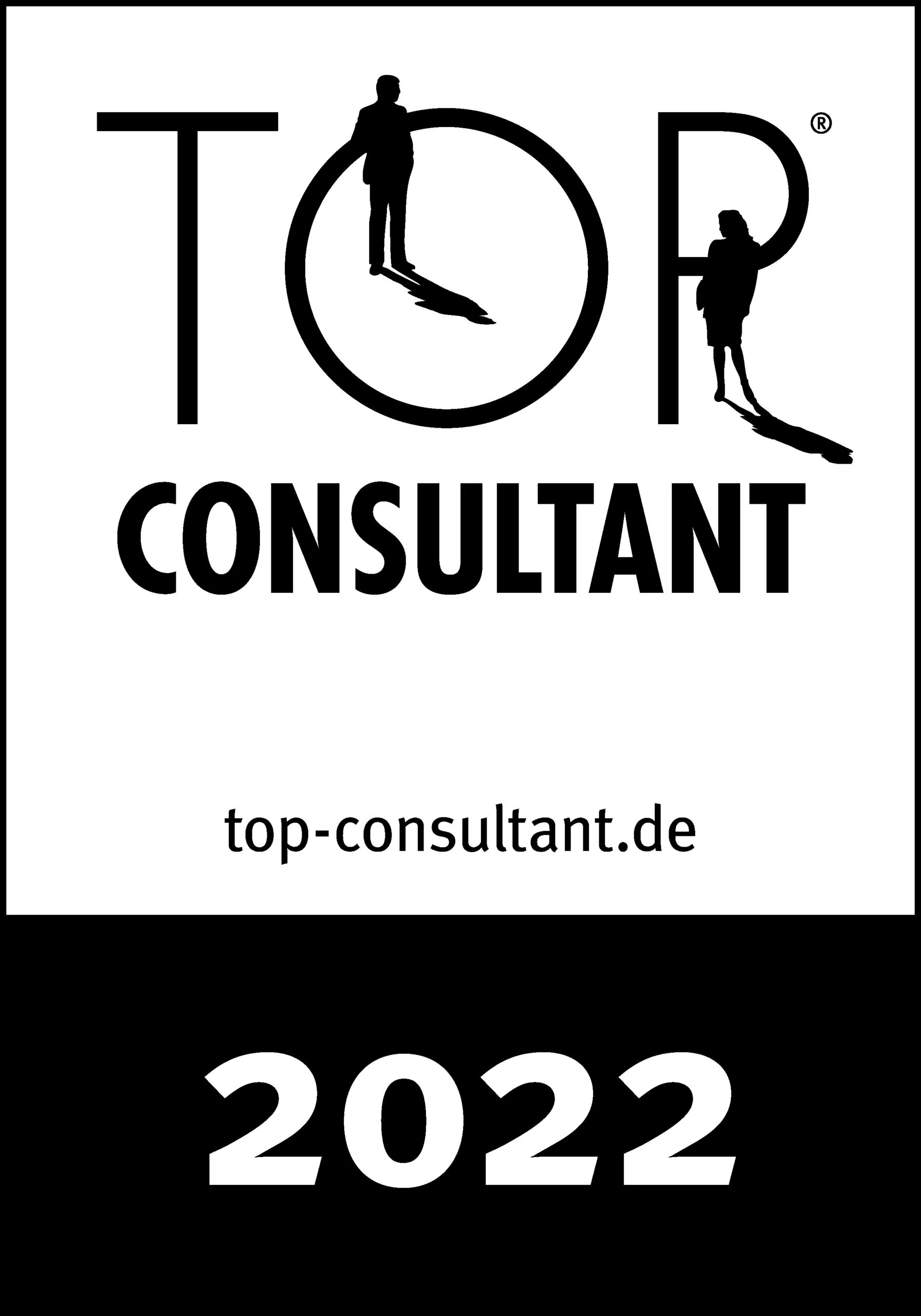Why are metrics essential when scaling a company?
Prof. Dr. Klaus Möller and I contributed an article to the book „Connected Business”. The book is edited by Prof. Dr. Oliver Gassmann and Fabrizio Ferrandina and addresses questions around how to create and capture business value in the networked economy.
The articles are grounded in theory and research. Most importantly, the book provides actual case studies from practitioners, who created powerful business models through connecting previously non-connected economic agents.
Case Study – Groupon created a blue ocean market
Our article is based on my scientific research into growth strategies and management and investigates the path of hyper growth start-up Groupon. As an early employee I was part of the story. During the steep growth stage and the IPO to the NASDAQ I served as a leading finance executive in the firm.
Groupon was able to scale extremely fast and achieved its first USD 1 billion dollars in revenue just two years after being founded. In the article, Prof. Möller and I show the relevance of knowing, managing and learning from „Scale-up Metrics“. We describe how Groupon’s Scale-up Metrics provided the foundation of its duplication strategy. Our article concludes with a recipe for managing fast growth.
Metric-centricity as Driver of Hyper Growth
The key driver behind Groupon’s unparalleled growth path was their focus on metrics (or key performance indicators, i.e. KPIs) as well as the integration of metrics into other management instruments.
Groupon’s business model was not only novel and created “social commerce” as a completely new market. The business model was also clear enough to be defined both qualitatively with clear value propositions to all sides of its platform (step 1 in our framework, see figure 1) – and quantitatively through “business model metrics” (step 2). The result was a precise understanding of Groupon’s business through the integration of conceptual business modelling and its reflection in metrics. Metrics are nothing more than a numerical job description on a very high level; in other words, a team needs to take care of these metrics. Therefore, in step three Groupon precisely reflected their high-level scale-up metrics in a clearly structured central-decentral organizational setup. The most decentral unit – each city – was identified as Groupon’s scaling unit (step 4). As soon as the central organizational structures and associated core business processes were in place, Groupon only had to “copy-paste” – duplicate – their approach from one city to the next.
This so-called duplication strategy, which we know from other rapidly scaling organizations from Uber to IKEA, resulted in the hyper growth that Groupon was able to realize.
 Fig. 1: Integration of Management Instruments matters
Fig. 1: Integration of Management Instruments matters
Key insights
- Groupon’s business model innovation created a completely new market by connecting small businesses and customers around the “deal”.
- Rapid growth requires metrics-based learning.
- In the case of platform business models, the integration of scale-up metrics leads to a self-enforcing growth cycle.
- Scale-up metrics should be translated into an organizational structure with clear responsibilities for each metric.
- The scaling unit delivers the value proposition to all sides of the platform.
- The scaling unit can be managed by knowing and driving the value proposition metrics.
- The performance management approach must fit the scaling strategy
Contact me to get our article and discuss our findings via !
AUTHOR
Dr. Philipp Engelhardt




